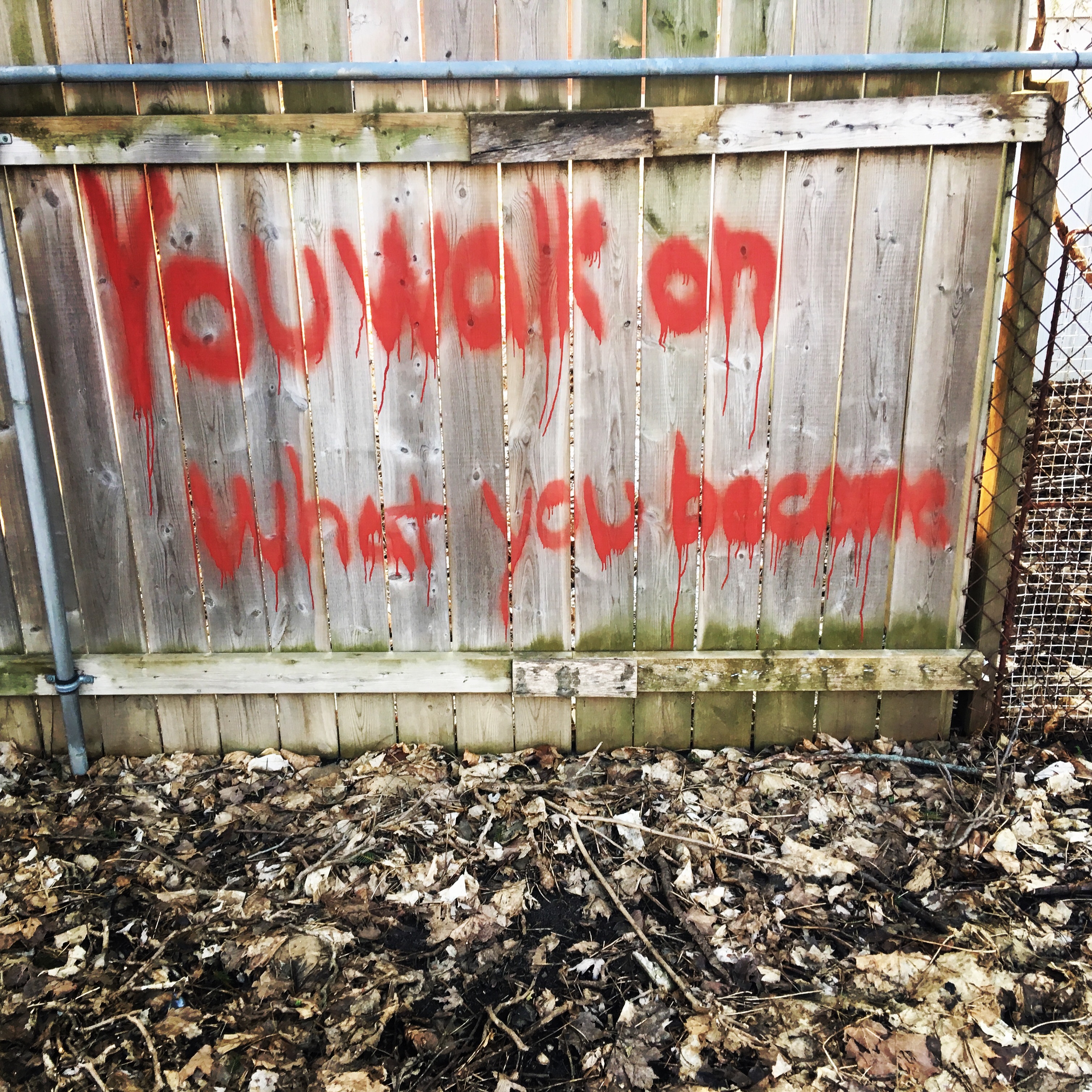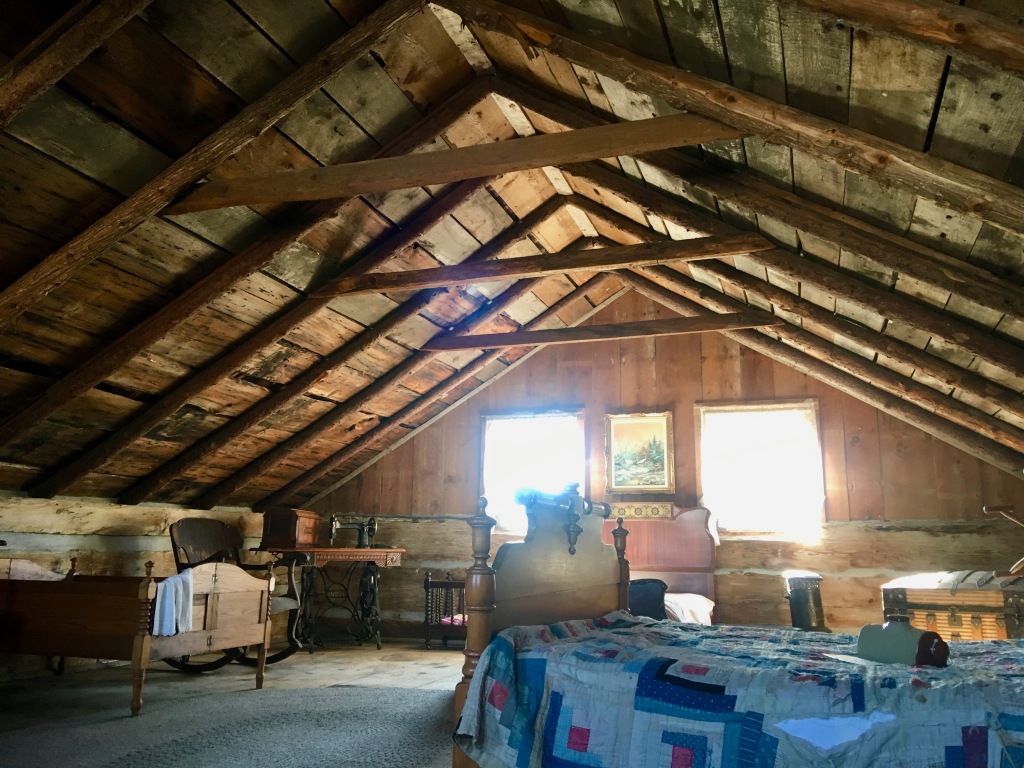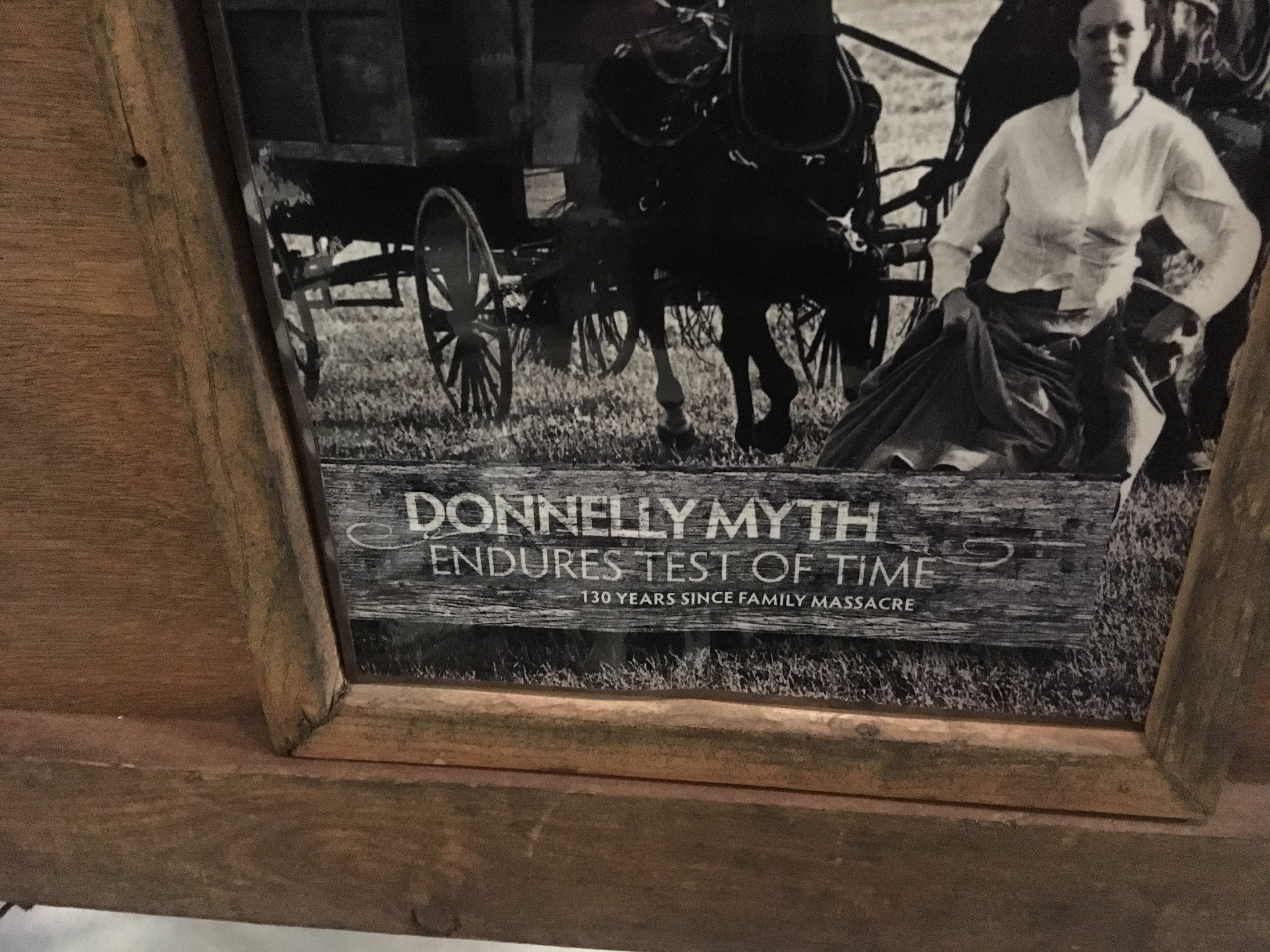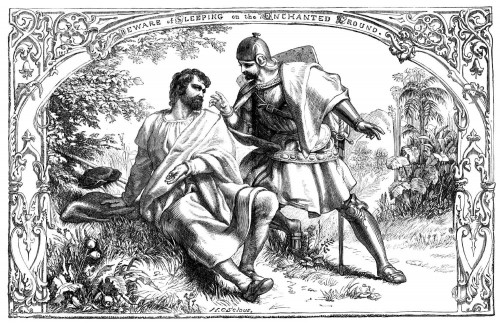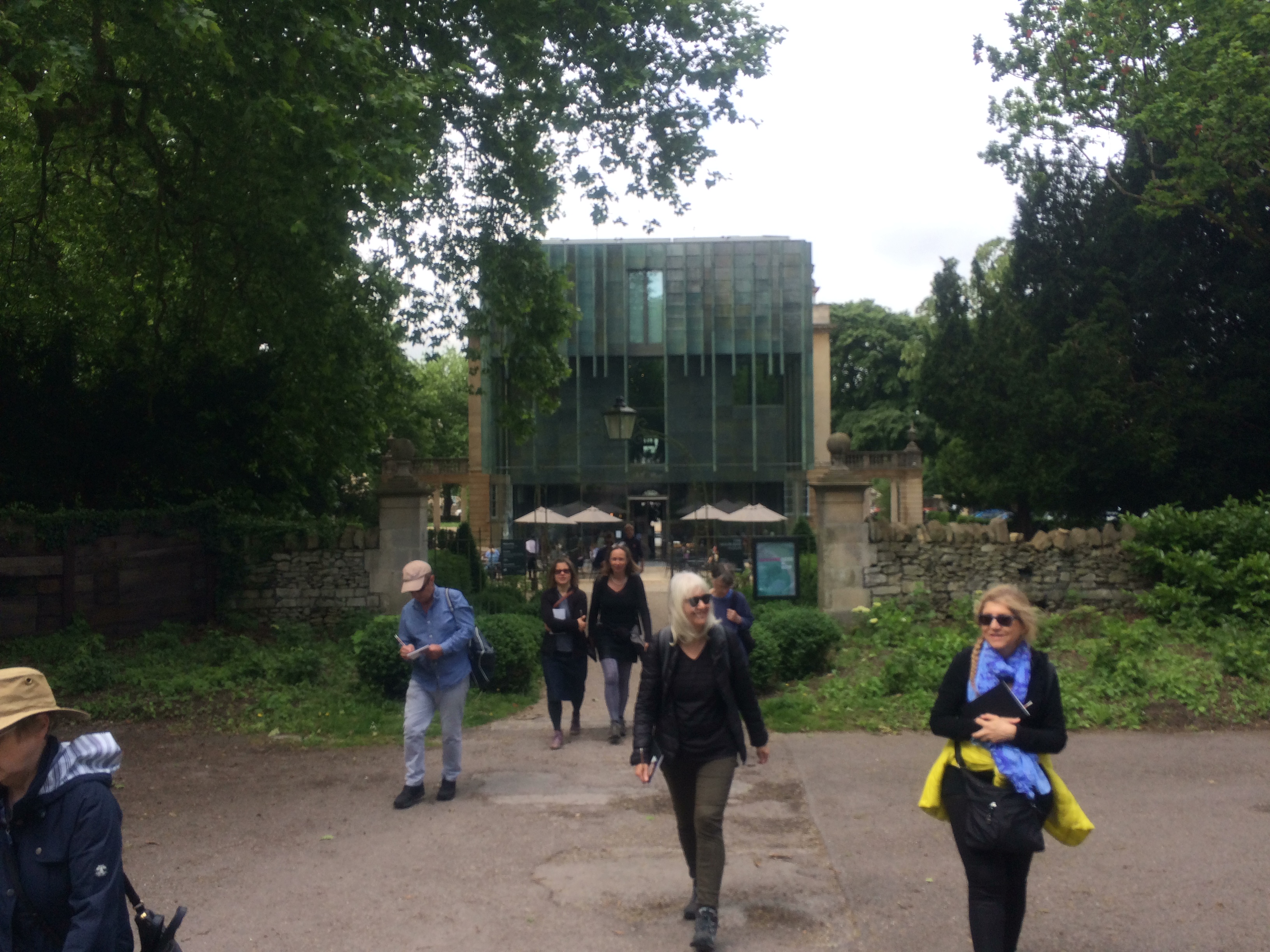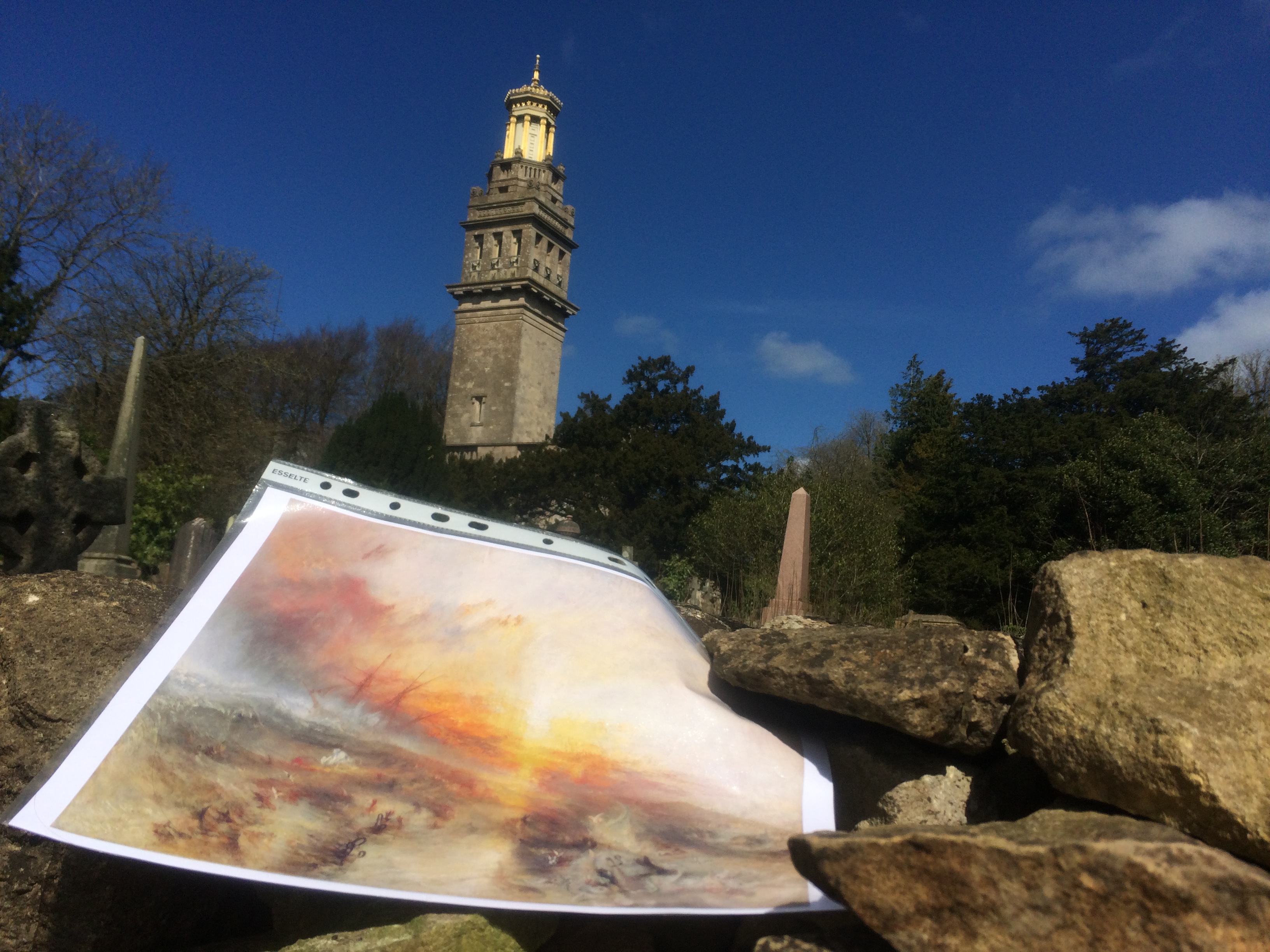website review: the virus forces the imagination.
The show that became a website.

An experience we could not have imagined: One Lost Stone, directed by Thomas Kampe for Pascal Theatre Company was coming together as Covid-19 struck. In the time of the virus we could not gather, the theatres closed, we retreated to lock down and online. What would have been a collaborative public performance in an old Jewish cemetery in London’s East End has metamorphosed to a website.
One Lost Stone is part of Pascal Theatre Company’s Discovering and Documenting England’s Lost Jews project. Billed as ‘a digital travel guide’ into Sephardi Heritage in England, the website reveals an obscured history of Jewish people in this country exploring a reluctant heritage of welcome and anti-semitism.
The virus has forced imagination and inventiveness and this is an example. Much of the research is creatively re-purposed and powerfully presented, characters begin to emerge and elements of the performance infuse the presentation. This is part of the story of Jews in England, Jews whose forebears had made the long journey of exile from Spain, Syria, Egypt and Turkey. As we discover in this travel guide the Jewish diaspora is a complex and tangled story of vicious persecution, resistance and exile. One Lost Stone reveals the Sephardi story through a burial ground in London.
We are reminded of England’s shameful heritage of conditional welcome, the Christian hegemony that, whilst providing a place to live, required Jews to conduct themselves in specific ways, to become bankers and money lenders and to wear the infamous yellow star later adopted by the Nazis in the C20th. Just like racism, anti-semitism is a poisonous thread running through the history of England. Expelled by order of the King in 1290, Jews eventually returned but the law proscribing a form of dress for Jews in this country was only repealed in 1846.
One Lost Stone enables the visitor to sample history and context of the Sephardi experience without proscribing a linear history or driving a particular narrative route. One can jump from background information to the story of a particular individual, discover a character in the narrative, hear a reading from an archive document or view a short video sequence, such as the powerful animation using the Alhambra Decree. Layers of history and experience coincide with present day reflection, often stimulated by sensitive soundscapes.
‘In fourteen hundred and ninety two’, goes the old school history rhyme, ‘Columbus sailed the ocean blue’, but the official history I learned at school did not add that this was the same year in which the Jew were expelled from Spain. The same King and Queen who Columbus was working for signed that Edict of Explulsion, the Alhambra Decree.
The visual look and feel of the site is held together with Thomas Kampe’s graphics, and punctuated with his short digital assemblages. A core visual element of the site is a series of paintings by Anne Sassoon, a Sephardi artist. Sassoon’s work is informed by her own diasporic journey and observations from Cape Town, via London to Jerusalem.er In the context of the ongoing academic and cultural boycott of Israel the use of work on this website by an Israeli artist is worth noting. Based in South Africa in the apartheid era she made drawings for publication of political trials and her husband, journalist Benjamin Pogrund, was a confidante of Nelson Mandela. Briefly imprisoned, and with many brushes with the law for his reporting on apartheid in South Africa, he has recently expressed concern that Israel’s further annexation of Palestinian land would mirror apartheid.
The website is populated with rediscovered stories and voices of Sephardi women previously silenced or lost. There is the account of Emilia Bassano, the first woman of Jewish identity to have published poetry in England in 1611, reputedly the Dark Woman of Shakespeare’s sonnets. A click on a file releases a dramatic reading of Bassano’s Eve’s Poem, ‘Apology in Defense of Women’. Presenting a feminist refusal to condemn Eve she declares that men’s knowledge has been stolen from women.
Yet Men will boast of Knowledge, which he took
From Eve’s fair hand, as from a learned Book
We can listen to oral histories and inherited memories of places, family and exile. Foods and meals infused with the flavours of a multigenerational international journey from Spain to Baghdad, from Bulgaria to Manchester. Unlike the Jews who arrived in England after the Holocaust with fresh memories of horror and tragedy and only the clothes they stood up in, this is a different story of survival and resistance told by Jews who can take their family story back to 1492 and before.
And in a click on another Kampe graphic we arrive at the Mile End Cemeteries and discover a visual poem by Moses Ben Ezra riffing on names and broken gravestones. The stage perhaps is set, two graveyards the old, the Velho and a fragment of the new, the Novo, now enclosed and overlooked by new academic buildings. On the website, photographs and testimony held gently in a sonic embrace. A layered reading of names and epitaphs and the ghost of a character in Kampe’s drama emerges, no Smiths or Jones here, says the undead and watchful guardian of the graveyard, what do these Jews dream of, she wonders…Check, check, check…cant seem to die, so many dead to watch over… She muses over the removal of remains to a field in Essex and their lost grave stones…where are the words that will give us their lives, she asks. Viewing the orderly grid of surviving gravestones thoughts of the mass graves of the Holocaust are never far away.
This is genuinely a content rich website full of stories, poetry and philosophy, and resonant with Kozokaro’s haunting soundscapes. There are, however, issues of register and audience here; in places the site is text heavy and audio full of promise often settles to old school Open University lecture style delivery. I yearned for more music and informal voices, more glimpses of the planned performance that the short documentary on the main site offers tantalising moments of work-in-progress. Kampe’s tremendous moving image sequences shouted to be projected huge on the modernist slabs overlooking the burial ground. Nevertheless, what a journey this travel guide takes us on; so many discoveries from Shakespeare’s collaborator to the origins of Fish and Chips with an anti-semitic spin on The Great Plague to bring us back to the virus.
Covid has revealed much that is rotten in the state of this country but it has also forced imagination to great things, this website is one of them. An intriguing resource on Sephardi heritage, beautifully made. But I still want to see the show!
One Lost Stone
Available at: https://www.lostjews.org.uk/oneloststone/
Discovering and Documenting England’s Lost Jews
Available at:https://www.lostjews.org.uk/
Richard White: Artist-researcher. Senior Lecturer in Media Practice. Bath Spa University
Portfolio: http://www.walknowtracks.co.uk/









